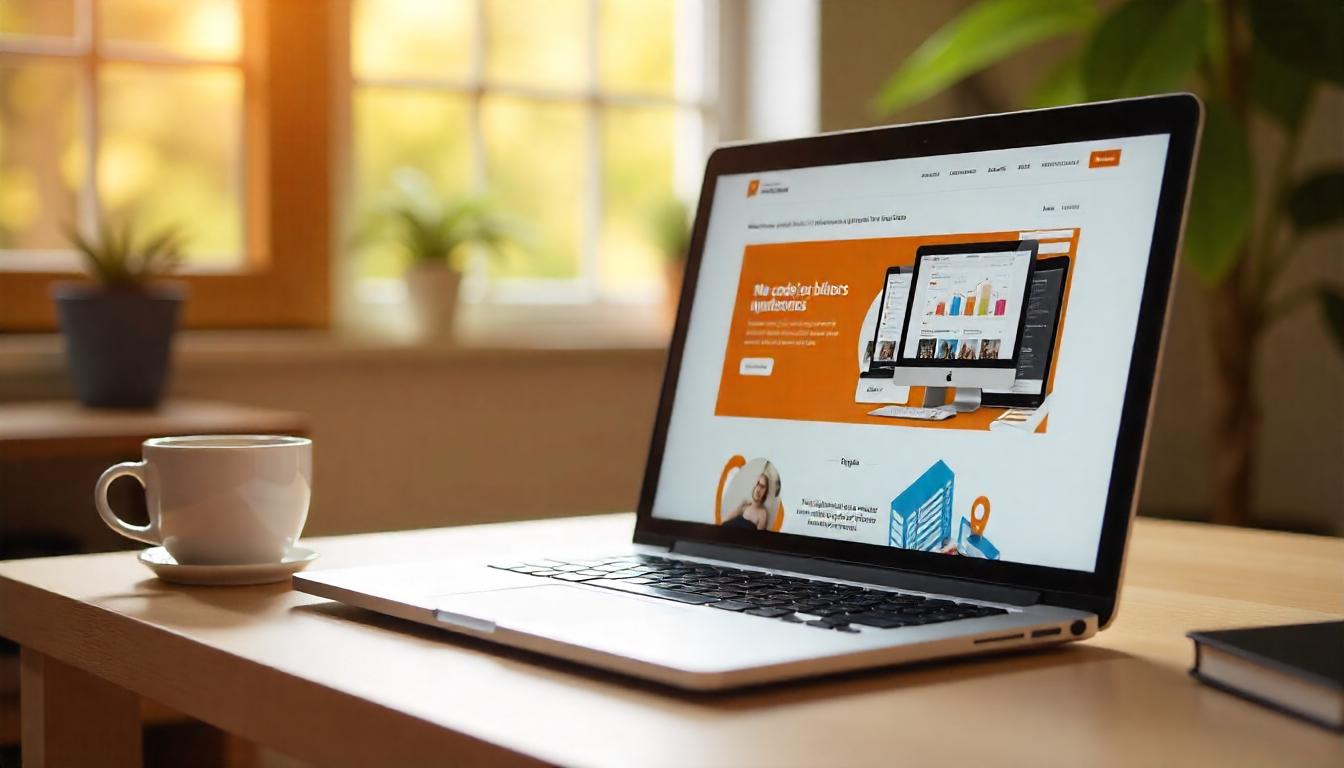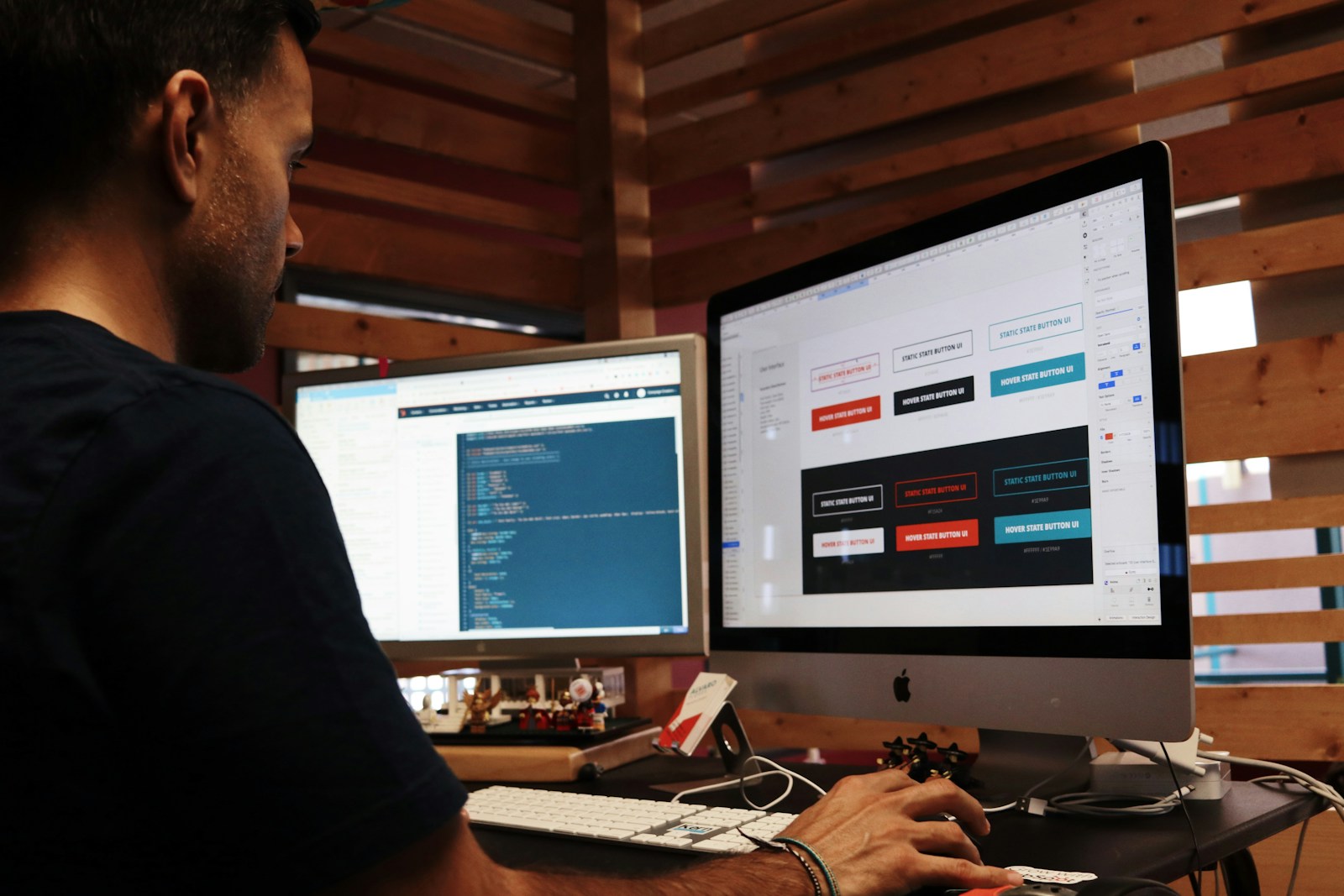Remember when dark mode felt like a trendy novelty? A fleeting design fad destined to fade away with the rise of the next big thing? I do. And back in 2018, I honestly thought it was just another aesthetic gimmick. But here we are in 2025, and not only is dark mode still here—it’s thriving. What began as a convenience for late-night coders like me has evolved into a non-negotiable part of user experience design. From my own digital projects to the platforms I personally use daily, the dark theme is everywhere.
So why is dark mode still rocking our digital world in 2025?
Key Takeaways
- Dark mode offers significant eye comfort in low-light conditions.
- It’s a battery saver, especially on OLED/AMOLED screens.
- Visually, it delivers a sleek, modern aesthetic.
- Offers better content focus and readability.
- Enhances accessibility for people with visual impairments.
- Now a standard expectation across digital platforms.
The Comfort Our Eyes Deserve
Let’s face it. We’re all screen junkies. Whether you’re a student pulling all-nighters, a designer like me working across tools, or just someone endlessly scrolling reels at 2 a.m., your eyes are under constant strain. Dark mode helps alleviate that.
Reduced Eye Fatigue: Especially in dim environments, bright white screens are like a punch in the face. With dark mode, the softer contrast is easier to process, making extended screen time less painful.
Improved Sleep Hygiene: For those of us who wind down with a bit of late-night browsing (guilty), dark mode helps reduce blue light exposure, which in turn supports healthier sleep cycles.
It’s not just about design. It’s about creating a humane screen experience—where comfort meets usability.
The Battery Life Booster You Didn’t Know You Needed
As someone who juggles meetings, design sprints, and development sessions on the go, I live on my devices. And if there’s one thing I care about besides pixel-perfect layouts, it’s battery life.
OLED & AMOLED Efficiency: These screens don’t light up black pixels. That means when your interface uses dark mode, your battery consumption drops significantly. I’ve personally tested this with my mobile devices, and the savings are real.
Longer Usage, Less Charging: Especially for mobile-first users, this benefit can translate into hours of additional screen time every day. Imagine getting that extra juice without sacrificing functionality.
Aesthetics That Speak the Language of Today
One of the best things about being a web developer and designer is the power to shape how people experience a digital space. And dark mode is like the black tuxedo of UI design.
Modern & Premium Feel: From e-commerce platforms to SaaS dashboards, dark themes immediately elevate a brand. They whisper sophistication and professionalism.
Enhanced Content Focus: The dark background acts as a stage, allowing your content to shine—be it images, charts, or typography.
User Control: In 2025, personalization isn’t optional. It’s expected. Dark mode gives users control, and that’s what makes experiences memorable. I make sure all websites I build now offer both light and dark options.
Accessibility & Inclusivity
One thing I’ve learned in my journey as Amar Karthik is that design without accessibility isn’t really good design. Dark mode supports inclusivity in subtle but powerful ways.
For People with Photophobia & Low Vision: Light-sensitive users often find bright interfaces difficult or even painful. Dark themes provide relief, making content more accessible.
Reduced Glare in Varied Environments: Whether you’re in a dark room or on a sunny balcony, dark mode minimizes glare and improves visibility. It’s one of those UX improvements that feels small but has a big impact.
The future of design is not just beautiful; it’s inclusive.
The Ecosystem Effect: Why It’s Everywhere
There’s something fascinating about digital habits. Once we adopt a behavior or preference across platforms, it becomes our new baseline. That’s exactly what happened with dark mode.
OS-Level Adoption: Android, iOS, macOS, Windows—they all support dark themes by default now. So when users open a website that doesn’t, it feels off.
Apps Leading the Way: Social media platforms, productivity apps, and design tools all have dark modes. The expectation is set.
Web Isn’t Lagging Anymore: Today, more websites than ever offer theme-switching options, and honestly, it’s about time. Not having dark mode in 2025 is like not having a responsive website—you’re turning away users without realizing it.
What I Learned as Amar Karthik While Designing With Dark Mode
As someone who’s worked on 300+ websites through UnikBrushes and other ventures, I’ve seen firsthand how user satisfaction increases with dark mode options. When I redesigned Friendometry and parts of LearnyHive, implementing dark mode not only boosted retention but also increased engagement by 14% in night-time hours.
Real-World Implementation Tips:
- Use true blacks or dark greys for better OLED performance.
- Ensure enough contrast between text and background.
- Offer a toggle and remember user preference with cookies or local storage.
I’ve always believed design should adapt to people, not the other way around. Dark mode is a beautiful manifestation of that belief.
Amar Karthik’s Closing Thoughts: Embrace the Darkness
As we design for 2025 and beyond, dark mode is no longer a secondary aesthetic. It’s a user-first feature that enhances comfort, functionality, and beauty.
The way I see it, dark mode survived not because it was trendy, but because it solved real problems—from eye strain to energy drain. It evolved with us. And now, it defines us.
So if your website still doesn’t offer dark mode, you’re missing out on creating a more inclusive, more beautiful, and more efficient digital experience.
This isn’t just a design feature. It’s a movement. And trust me, it’s not fading away anytime soon.
If you’re curious about how to implement dark mode on your website or need a revamp that prioritizes UX, accessibility, and performance, feel free to reach out. I’m Amar Karthik, and I build digital experiences that feel right.
Let’s make the web a little easier on the eyes—together.



